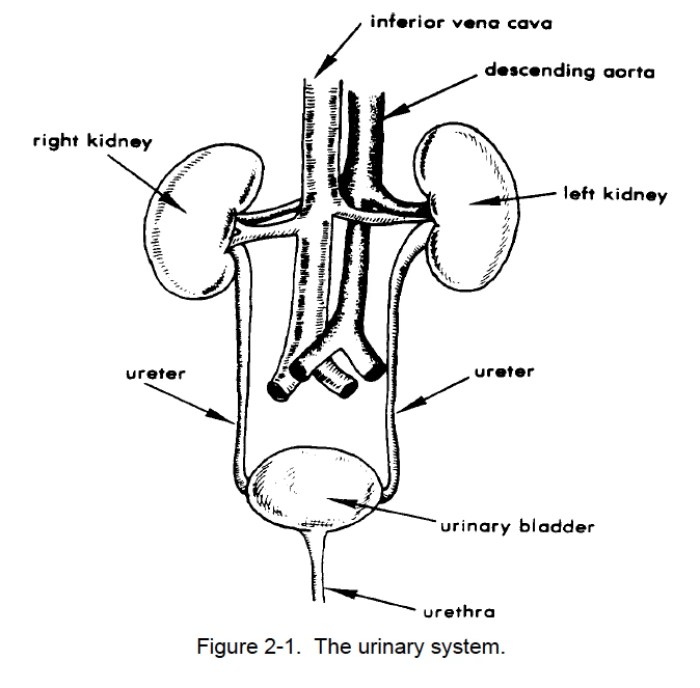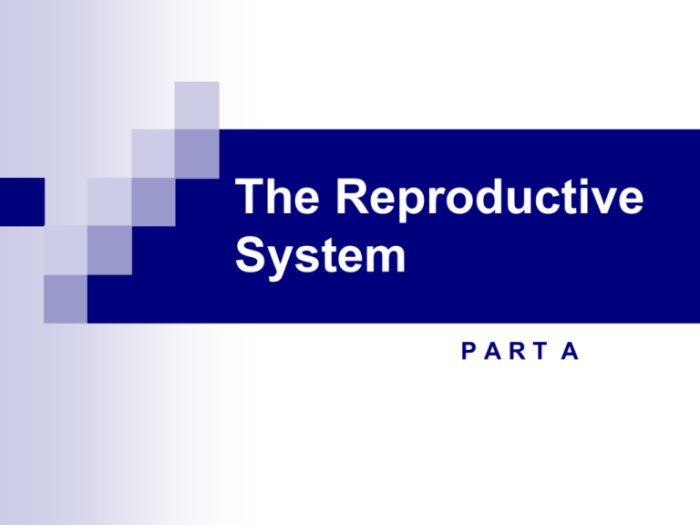Pharmacology made easy 4.0 the reproductive and genitourinary systems – Embark on an enlightening journey with Pharmacology Made Easy 4.0: The Reproductive and Genitourinary Systems. This comprehensive guide unveils the intricate workings of these vital systems, empowering you with an in-depth understanding of their pharmacology. Delve into the mechanisms of action, pharmacokinetics, and clinical applications of drugs, gaining invaluable insights into the treatment of reproductive and genitourinary disorders.
Our exploration begins with the absorption, distribution, metabolism, and excretion of drugs within these systems, unraveling the factors that govern their efficacy and safety. We then delve into the pharmacodynamics of drugs, illuminating their interactions with cellular targets and their impact on system function.
Along the way, we uncover the clinical applications of pharmacology in treating a wide range of conditions, from infertility to urinary tract infections.
Introduction: Pharmacology Made Easy 4.0 The Reproductive And Genitourinary Systems

The pharmacology of the reproductive and genitourinary systems is a vast and complex field. It encompasses the study of how drugs affect the function of these systems, and how these systems can be manipulated to treat disease. Understanding the pharmacology of these systems is essential for the development of new and more effective treatments for a wide range of conditions.
The reproductive and genitourinary systems are responsible for a variety of important functions, including reproduction, excretion, and fluid balance. These systems are also involved in the production and metabolism of hormones, which play a vital role in regulating many bodily functions.
As a result, drugs that affect the reproductive and genitourinary systems can have a wide range of effects on the body.
Pharmacokinetics of Drugs in the Reproductive and Genitourinary Systems
The pharmacokinetics of drugs in the reproductive and genitourinary systems is influenced by a number of factors, including the route of administration, the physicochemical properties of the drug, and the function of the reproductive and genitourinary systems. The route of administration can affect the rate and extent of absorption, distribution, metabolism, and excretion of a drug.
For example, drugs that are administered orally are absorbed more slowly than drugs that are administered intravenously. The physicochemical properties of a drug, such as its solubility and lipophilicity, can also affect its pharmacokinetics. For example, drugs that are more soluble in water are more likely to be excreted in the urine, while drugs that are more lipophilic are more likely to be distributed into tissues.
The function of the reproductive and genitourinary systems can also affect the pharmacokinetics of drugs. For example, drugs that are excreted in the urine are more likely to be cleared from the body in patients with renal impairment. Drugs that are metabolized in the liver are more likely to be cleared from the body in patients with hepatic impairment.
Pharmacodynamics of Drugs in the Reproductive and Genitourinary Systems, Pharmacology made easy 4.0 the reproductive and genitourinary systems
The pharmacodynamics of drugs in the reproductive and genitourinary systems is influenced by a number of factors, including the mechanism of action of the drug, the target organ, and the dose of the drug. The mechanism of action of a drug refers to the way in which the drug interacts with the body to produce its effects.
The target organ is the organ or tissue that is primarily affected by the drug. The dose of the drug is the amount of the drug that is administered to the patient.
The mechanism of action of a drug can affect its pharmacodynamics in a number of ways. For example, drugs that act as agonists bind to receptors and activate them, while drugs that act as antagonists bind to receptors and block them.
The target organ of a drug can also affect its pharmacodynamics. For example, drugs that act on the heart have different effects than drugs that act on the brain.
Clarifying Questions
What are the key principles of pharmacokinetics in the reproductive and genitourinary systems?
Pharmacokinetics in these systems involves understanding the absorption, distribution, metabolism, and excretion of drugs, which influences their efficacy and safety.
How do drugs interact with receptors in the reproductive and genitourinary systems?
Pharmacodynamics explores the mechanisms of action of drugs, including their interactions with receptors, ion channels, and enzymes, leading to specific physiological responses.
What are the common clinical applications of pharmacology in reproductive and genitourinary disorders?
Pharmacology plays a vital role in treating infertility, erectile dysfunction, urinary tract infections, and other conditions, offering effective and targeted therapies.


